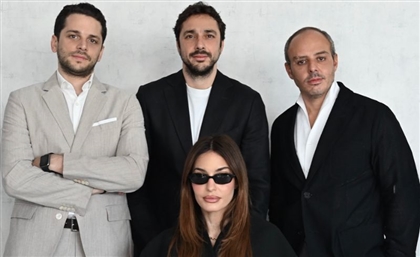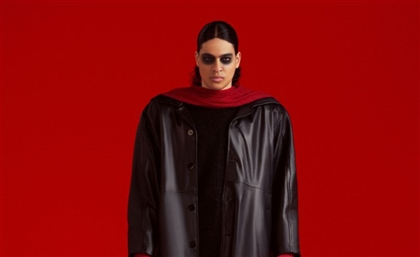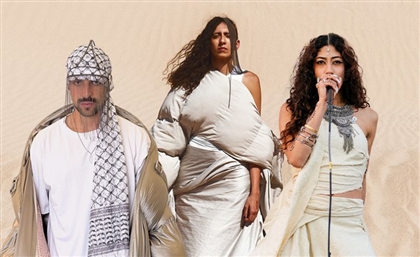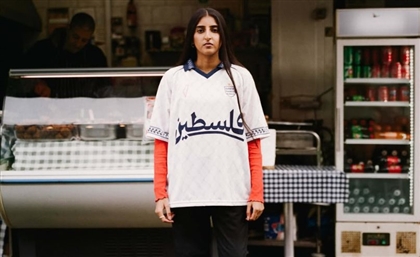The Palestinian-Syrian Designer Training AI to Recognise His Identity
“There’s a dire need for documentation in the AI age when it comes to folk material and traditional design elements.”

Originally Published November 3rd, 2024
The introduction of AI, particularly where creative industries are concerned, has naturally and understandably triggered a slew of debates regarding originality and creative rights. And how could it not? For many creatives, it has become a cause for concern in regards to their very livelihoods. Yet, many creatives see the integration of AI as an opportunity to amplify their craft. Ali Khattab, a Palestinian-Syrian fashion designer, is one such creative whose approach injects tradition into technology to overcome digital bias.
Khattab, based in Damascus, has turned to AI to enhance his designs, a decision rooted in both practicality and artistry. “I constantly evolve my style and visual identity as an artist and designer, always seeking something new in the fashion world,” Ali Khattab tells SceneStyled.
Born into a family with a long-standing business in sewing and clothing manufacturing, Khattab’s journey with fashion started off early. His passion led him to study fashion design and business administration while gaining hands-on experience in haute couture houses and ready-to-wear factories. After a forced hiatus due to the on-going war in Syria, Khattab’s return to fashion came with a new perspective.

His inaugural collection, ‘The Peacock Collection’, drew inspiration from the collection’s namesake, featuring ruffled fabrics, feather motifs and luminescent gradients. This early success paved the way for more experimental work, which would see Khattab draw straight from his heritage.
This is where AI began to play a role in his oeuvre.
For Khattab, the rise of AI offered a way to cut costs in an unstable economy. He points out that AI can help reduce the cost of prototyping designs that may never be produced, eschewing the expensive costs of producing and marketing a full collection, while also offering clients a clearer, more realistic idea of what a finished product will look like.

The use of AI also allows him to introduce underrepresented Syrian and Arabic motifs to a wider audience that may otherwise be unfamiliar with them. “I grew up in Damascus, surrounded by old antique markets showcasing Damascene brocade fabric, filled with golden threads and pure silk. I aspire to make these patterns trendy someday,” Khattab explains. “I draw sketches on paper, then upload them onto AI image programs to transform them into realistic designs with simulated virtual models and locations.”
Yet, AI just wouldn’t get it.
“The patterns in AI photos are not generated entirely by AI. For example, the artificial intelligence did not fully recognise the Damascene patterns I would use in my sketches,” Khattab notes. He would then spend hours prompting the programs, manually editing the patterns on Photoshop to reintroduce into the system.
“I noticed there are problems with AI recognising Syrian folklore, so they can't assist with designs based on Syrian traditional heritage,” Khattab shares. “There’s a dire need for documentation, especially in the AI age, when it comes to folk material and traditional design elements.”
By using AI tools such as Stable Diffusion and Midjourney, Khattab has been able to input traditional Syrian designs into the algorithm, aiding in training the AI to recognise his cultural heritage.

Though content with his innovations, Khattab is not unaware of the ethical challenges AI presents. “I have been subjected to a lot of criticism from fashion designers and graphic designers,” he says. Noting that many argue that AI diminishes creativity by relying on pre-existing data, a notion he - to an extent - disagrees with. “It’s like a double-edged sword. Either we subjugate it to serve us, or it controls our field and creativity.”
While the debate surrounding AI in fashion is far from settled, Khattab’s work demonstrates how technology can be harnessed to preserve identities, ensuring that they continue to remain represented in an ever-changing digital age.
Trending This Month
-
Nov 18, 2025
-
Nov 20, 2025
















